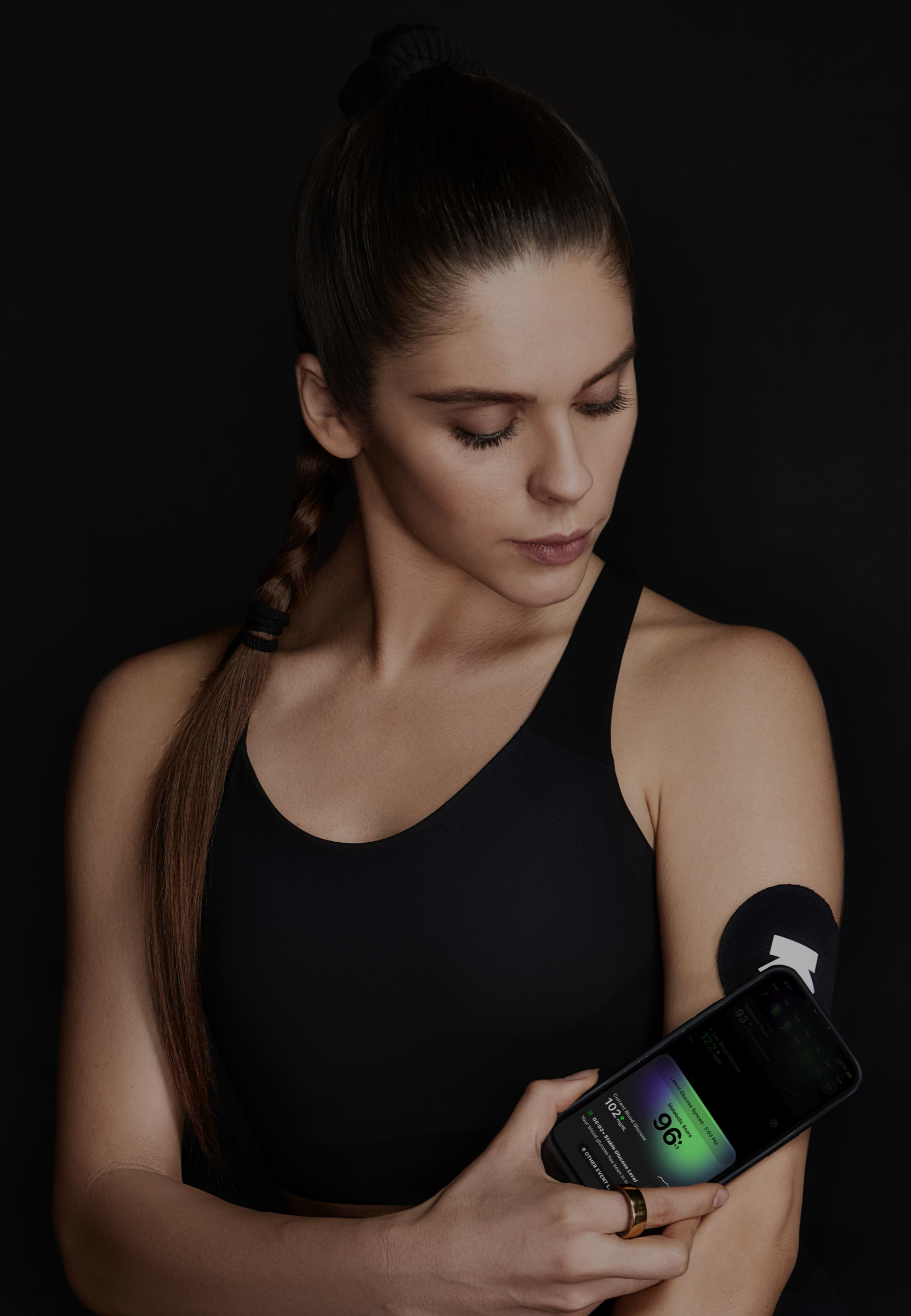
Oats (Saffola) (1 Serving), Apples (1 Medium (2 3/4 Inches Dia) (Approx 3 Per Lb)) and Bananas (1 Medium (7 Inches To 7 7/8 Inches Long))
Breakfast
196 mg/dL
avg. peak value
Usually causes a large spike
Avg. Food Score on Ultrahuman App
Ultrahuman Users got an UNSTABLE response
How to consume apples, bananas, oats without glucose spikes
Pair with Protein
Include a source of protein, such as a handful of nuts, a spoonful of nut butter, or a piece of cheese to help slow down the absorption of sugars from apples, bananas, and oats.
Add Healthy Fats
Incorporate healthy fats like avocado, seeds, or Greek yogurt when consuming foods that may cause spikes, as fats can help stabilize blood sugar levels.
Opt for Smaller Portions
Reduce the portion size of apples, bananas, and oats to minimize the impact on blood sugar. Consider consuming half an apple or banana, or a smaller serving of oats.
Choose Whole Foods
When possible, eat the whole fruit rather than drinking fruit juice, as the fiber in whole fruits can aid in slowing sugar absorption.
Include Fiber-Rich Foods
Pair these foods with high-fiber options like chia seeds, flaxseeds, or berries, as fiber can help regulate blood sugar levels.
Monitor Meal Timing
Try consuming these foods earlier in the day or around activity times, such as before exercise, to help your body utilize the glucose more efficiently.
Stay Hydrated
Drink plenty of water throughout the day, as hydration can support metabolic processes and help stabilize blood sugar levels.
Consider Low-Sugar Variants
When making oats, use unsweetened almond milk or water instead of sweetened milk, and avoid adding extra sugar or sweeteners.

Find Glucose response for your favourite foods
Explore OGDbDiscover
metabolic
health with M1
Ultrahuman M1 helps you measure the impact of food and activity on your body in real time through glucose as a biomarker.
Explore Ultrahuman M1Your cart is empty
Browse through our products and find something for you.
